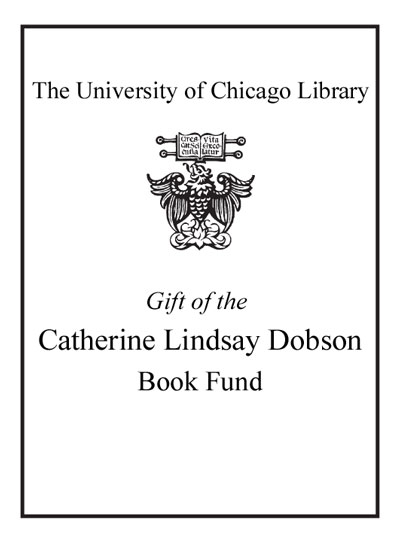Review by Choice Review
Using musical examples derived from his own reductions of Mahler's symphonic themes, along with diagrams representing their relationships within the progression of four sonata form movements drawn from three of the composer's symphonic scores, Monahan (Eastman School of Music) attempts to reconcile the often-perceived conflict between Mahler's free, "novelistic" style and his use of classical models. The author argues that narrative continuity does not conflict with the use of concrete musical relationships; rather, Mahler uses departures from the formalistic restraint of strict sonata form to drive his music's narrative drama. This leads Monahan to speculations based on Mahler's theme relationships and transformations within these sonata movements that suggest possible extra-musical inspiration and narrative meaning. Especially interesting are Monahan's analyses of the outer movements of Symphony No. 6, which suggest a possible autobiographical context that departs significantly from that promulgated by Alma Mahler in her published recollections of her husband. A subtext of Monahan's book is Theodor Adorno: Monahan offers insightful commentary on Adorno's abstruse analysis of Mahler's oeuvre, Mahler: A Musical Physiognomy (Eng. tr., CH, Jan'93, 30-2583). Unfortunately, and despite the book's many worthy insights, Monahan's dense, jargon-laden, thesis-like arguments mean that this book will probably find only a slender audience outside the ranks of musical theorists. Summing Up: Recommended. Graduate students, researchers, faculty. --Robert M. Bryce, independent scholar
Copyright American Library Association, used with permission.
Review by Choice Review

